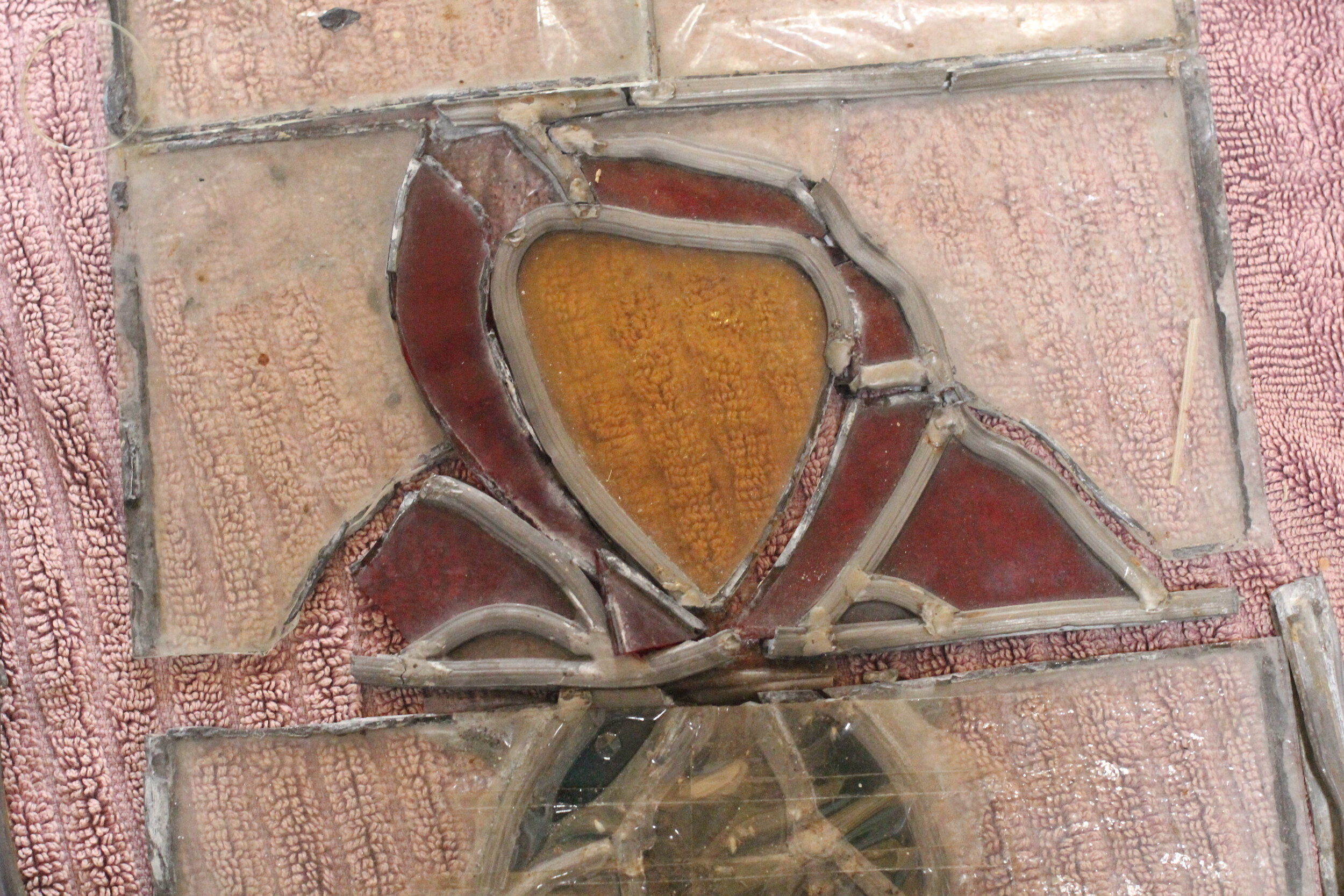I don’t tend to design my pieces in sketchbooks as many artists do. As in planning family holidays, I don’t like to know everything about the destination. I love the wonder of what I will discover. So I feel that if I design and draw my piece to the nth degree, a lot of the magic of the journey will be lost along the way.
I like to intuitively work by building up each piece with separate firings. Think of soup ; first frying the onion and garlic and then tossing in the veggies. I play with “dribbling” glass rods (stringers) from a raised ceramic shelf with a cutout centre. The stringers are either dribbled onto a piece of flat glass or directly on to the shelf.
Then I wonder what colour to place this ‘squiggle’ on and fire again. As I build up the layers, I may add more stringers or coloured glass shards (confetti), powder (frit), paint, imitation silver or gold leaf or copper mesh. The soup pot!
The kiln fires the glass at a temperature of almost 800 degrees Celsius for each fusing. I can set things up in the kiln and have a certain amount of control over what happens but there really is an element of magic with what happens. I never tire of opening up the kiln and finding out what alchemy has occurred.














